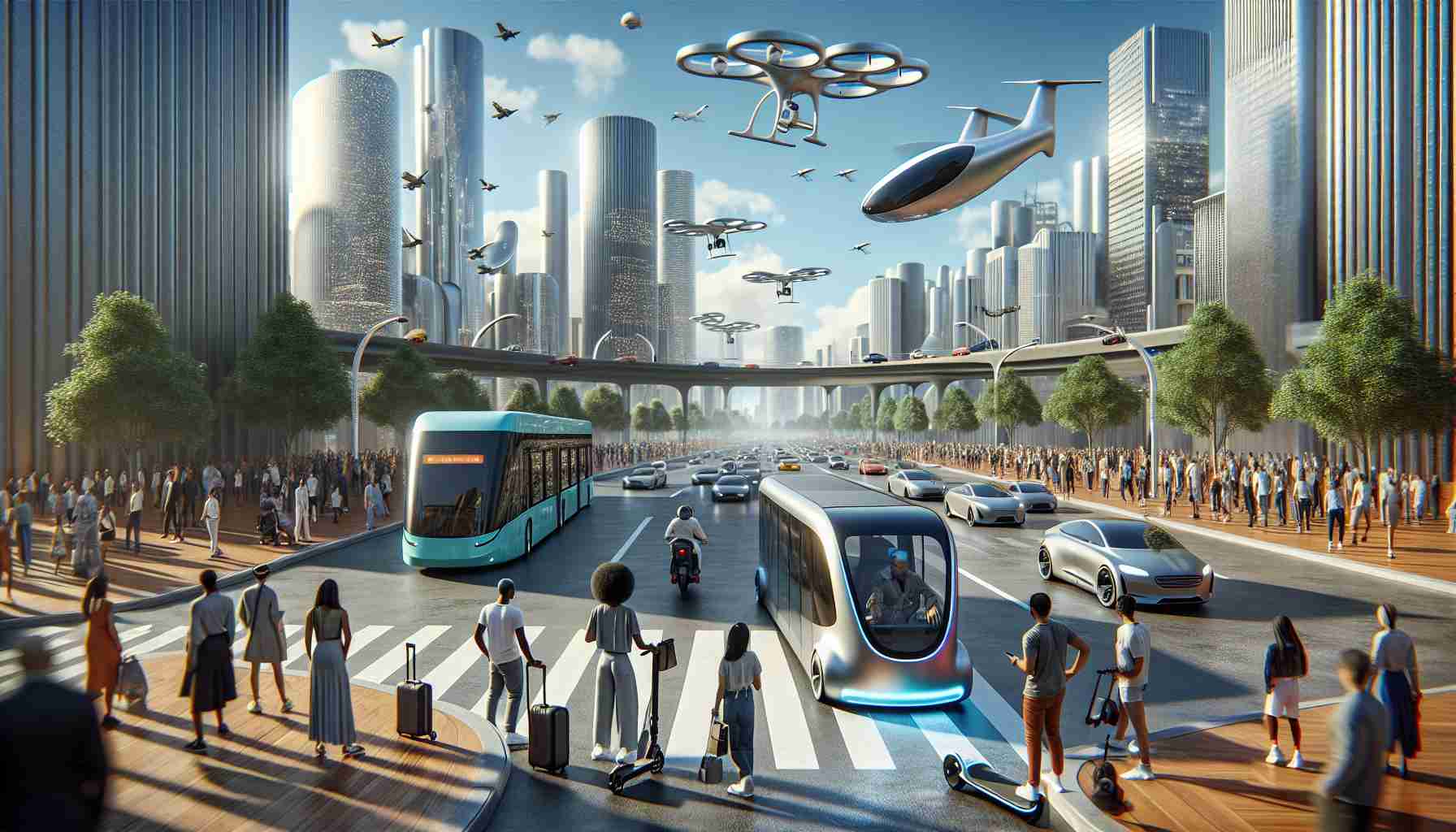Xpeng’s Flying Cars: A Game Changer for City Travel
In a stunning development for urban mobility, Xpeng, a trailblazer in the electric vehicle arena, is launching a revolutionary modular flying car factory. This ambitious initiative aims to reshape both our roads and airways by providing practical solutions to pressing urban congestion issues.
Xpeng’s forward-thinking strategy tackles the challenges of traffic snarls and outdated public transport systems. The factory’s modular design not only allows for rapid adjustments in production but also emphasizes flexibility, enabling the company to adapt swiftly to market needs. This puts Xpeng in a prime position to lead the emerging flying vehicle sector.
At the heart of this factory is a commitment to sustainability. By incorporating cutting-edge energy-efficient technologies, Xpeng aims to reduce the environmental impact of production, making advanced flying vehicles more attainable for everyday consumers. This dual focus on eco-friendliness and economic accessibility sets a new bar for the industry.
The potential applications for flying cars are vast. They could revolutionize city commutes, enhance emergency services, and offer unique tourism experiences. However, this transformation comes with challenges, including regulatory hurdles and infrastructure needs.
As Xpeng ventures deeper into the flying car landscape, the company is not only paving the way for a future of urban transport but also championing sustainability and innovation. The sky might just become the new frontier for city travel.
Is Xpeng’s Flying Car Revolution the Future of Urban Mobility?
Xpeng Motors is making waves in the automotive industry with its ambitious initiative to develop flying cars. The launch of its modular flying car factory is set to significantly alter the landscape of urban transport, providing innovative solutions for the growing problem of city congestion.
Features of Xpeng’s Flying Cars
– Modular Design: This innovative approach allows for swift changes in production to meet evolving market demands. The factory’s flexibility ensures that Xpeng can respond quickly to both consumer needs and regulatory changes in the burgeoning flying vehicle sector.
– Sustainability Focus: Xpeng is committed to integrating cutting-edge energy-efficient technologies into its production process. This will not only lower costs but also reduce the environmental footprint of flying vehicles, aligning with increasing consumer demand for sustainable transportation options.
– Advanced Mobility Solutions: The potential applications for Xpeng’s flying vehicles are extensive. They aim to enhance urban commuting efficiencies, improve emergency service response times, and provide unique aerial tourism experiences with panoramic views.
Pros and Cons of Xpeng’s Flying Cars
Pros:
– Reduction in Road Congestion: By utilizing vertical space, flying cars could alleviate pressure on existing road networks.
– Speed and Convenience: Flying cars could significantly shorten travel times within congested urban areas.
– Emergency Services: They might revolutionize how emergency services operate, providing faster access to locations that are otherwise hard to reach.
Cons:
– Regulatory Challenges: The introduction of flying cars comes with significant regulatory hurdles, requiring new air traffic management systems and safety regulations.
– Infrastructure Needs: Substantial investment in infrastructure such as landing pads and charging stations will be necessary to support widespread adoption.
– Public Acceptance: Gaining consumer trust and acceptance in aerial travel remains a crucial challenge.
Pricing and Market Insights
The pricing model for Xpeng’s flying cars is yet to be officially announced, but analysts predict that initial models may be priced in the premium range, targeting tech-savvy early adopters. In the longer term, as production scales and technologies advance, prices may decrease, making flying cars more accessible to the general public.
Trends in Urban Air Mobility
The rise of urban air mobility is a significant trend reshaping transportation across the globe. Many startups and established automotive companies are exploring flying vehicles as a means to alleviate urban problems. Xpeng’s initiative positions itself at the forefront of this movement, pioneering advancements in both technology and eco-sustainability.
Innovations and Future Predictions
As Xpeng advances its technology, the future may see the integration of autonomous flying cars, making this mode of transport even more efficient and user-friendly. Experts predict that, within the next decade, flying vehicles will be a viable option for daily commuting, provided that regulatory frameworks and public infrastructure catch up with technological innovations.
Conclusion
Xpeng’s foray into flying cars could be a transformative step for urban mobility, presenting opportunities for innovative travel solutions while emphasizing sustainability. As the world watches closely, it remains to be seen how this new mode of transport will be integrated into daily life and what changes may arise in urban planning and infrastructure development.
For more exciting developments in automotive technology, visit Xpeng Motors.












